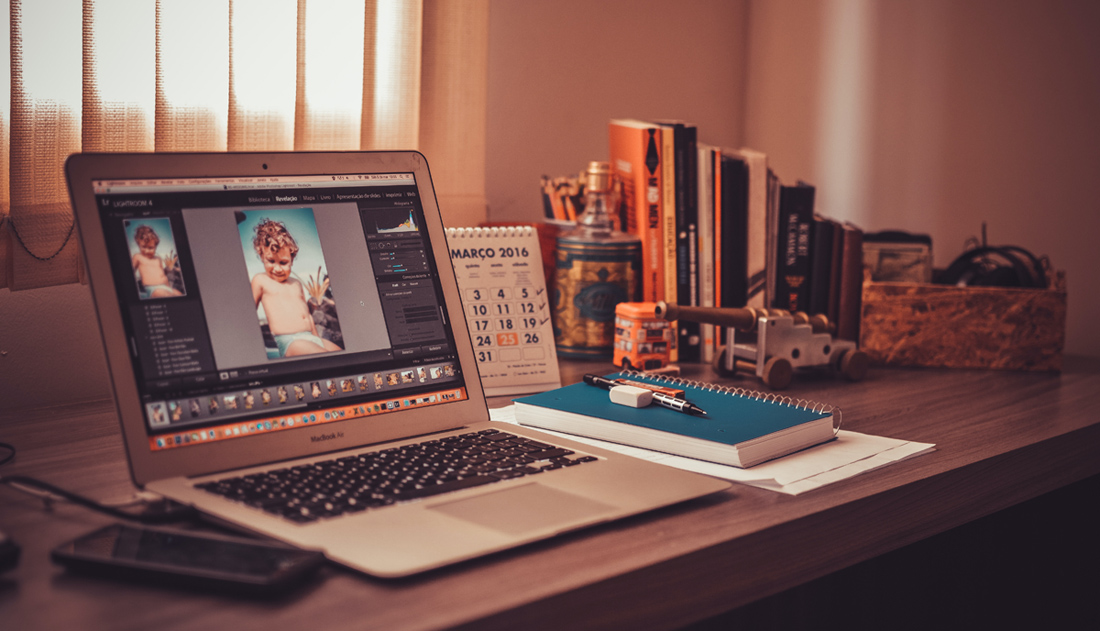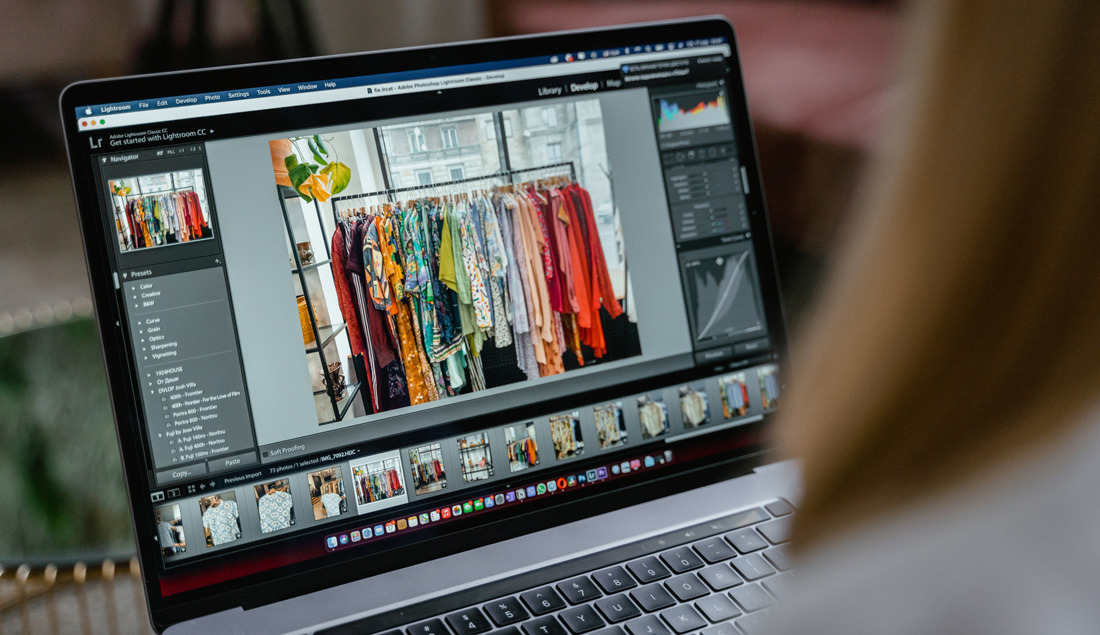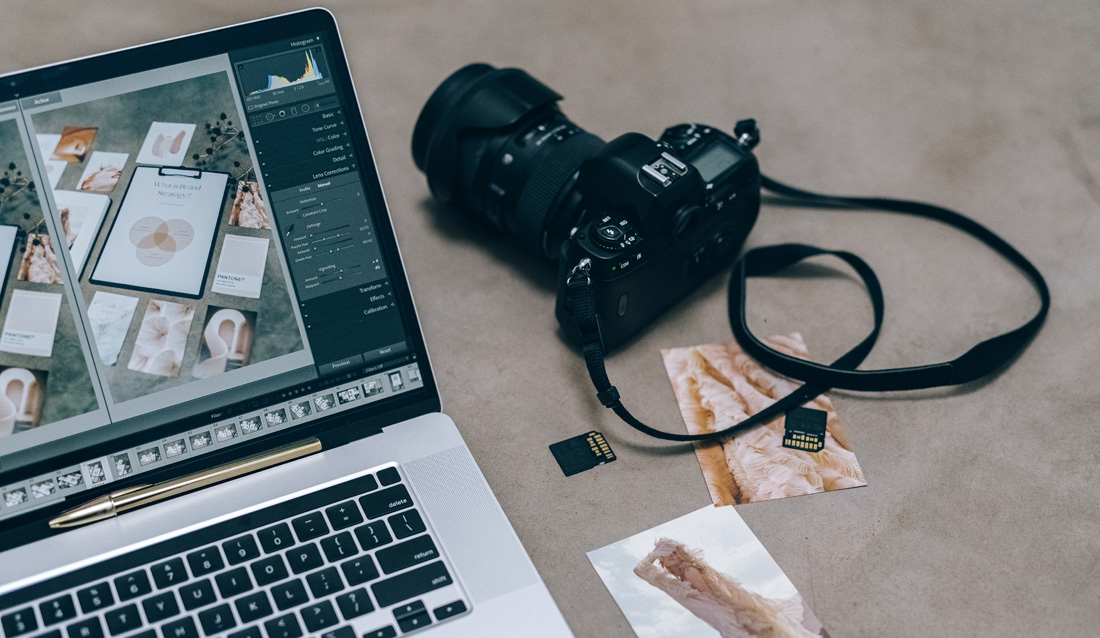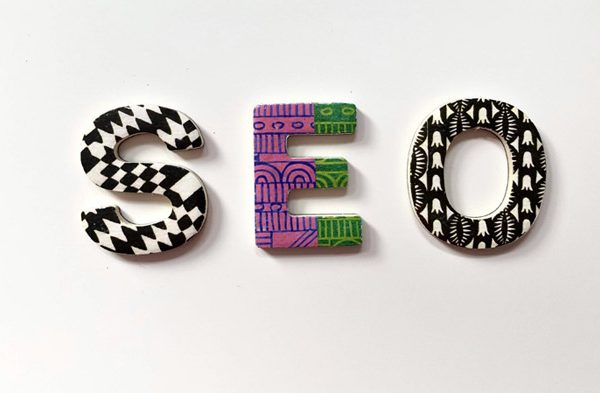In recent years, AI has risen as one of the most significant technological breakthroughs of our time. However, we have only just begun to explore its full potential and there is much more to uncover.
We have witnessed the transformative power of artificial intelligence through innovations like ChatGPT and its alternatives. Now this revolutionary wave has extended its reach to the realm of images, marking a pivotal moment in the evolution of AI technology. Adobe Photoshop has unveiled an exciting new update that introduces Photoshop Generative Fill, an AI image generation feature. This is the biggest update to Photoshop in its history. Let’s explore the remarkable potential of Generative Fill and its profound impact on the creative process and web design.
Related Articles:
What is the new Photoshop feature – Generative Fill?
You are probably aware by now of the new feature in Adobe’s Photoshop Beta – Generative Fill. Generative Fill offers you two incredible ways to enhance your photos based on a simple text-based prompt. Firstly, it can expand the borders of your images by automatically filling in missing pixel details. This allows you to expand the size of your pictures horizontally or vertically while keeping all the important elements intact. But that’s not all. Generative Fill takes image editing to a whole new level. You can simply type in what you want to see in your photo and this magical tool will create it for you.

How does Adobe Photoshop AI Generative Fill work?
The power behind Photoshop’s Generative Fill comes from Adobe Firefly, which consists of machine-learning models trained on a vast collection of the company‘s own professional-grade, licensed, high-resolution images to generate and fill in missing pixels. In simpler words, it can automatically generate new pixels using existing photos and seamlessly merge them into your images, making the changes appear smooth and natural. It works by using smart technology to analyse images and make changes based on what users want. Because it uses images from the Adobe Stock images library, you can use Generative Fill without concerns about accidentally including copyrighted material in your photos.
How to access Photoshop’s Generative Fill feature
If the Generative Fill button is not visible in your Photoshop installation, you must switch to the beta branch. Adobe claims that Firefly Generative Fill will be a default option in Photoshop by the end of the year. An active Adobe Creative Cloud subscription is also necessary to access this feature.
To install the Photoshop Beta on your computer, follow these steps:
- To access it, open the Creative Cloud app on your Windows or MacOS computer and navigate to the sidebar.
- In the left column menu, look for Beta apps and click on it.
- Under the Desktop Apps category, simply click on the Install button next to Photoshop (Beta).
- After downloading and installing Photoshop, open the program and go to the Help menu. From there, select About Photoshop. In the information that appears, you should see the version number displayed as 24.6.0 or later.
If you are below the age of 18, even with a paid Photoshop subscription, you will not have access to the Adobe AI Generative Fill feature.

What Photoshop’s Generative Fill feature can do:
Remove objects in web design
Easily remove unwanted objects from your image by following a simple process. First, use the lasso tool to draw a rough outline around the objects you want to eliminate. Then, with a simple click on the Generate button, watch as the magic unfolds. This powerful feature comes in handy, for instance, when you want to erase unintentional photobombs by other tourists in your precious vacation snapshots.
Replace items and areas
Removing objects is one thing, but what about replacing them with something entirely different? With Generative Fill, you can create things that were never in the original image.
For instance, in a photo of a fruit-filled table, we can easily replace an apple with a pineapple. Generative Fill generates a seamless and convincing pineapple substitution by selecting the apple and typing Pineapple in the text prompt. The transformation adds a tropical touch to the fruit arrangement.
Extend the canvas
To make your image bigger, extend its canvas and select the empty area you wish to expand. Then AI will create a seamless extension of your scene, blending it naturally with the existing content. If you use a prompt, the AI will not only extend the scene but also add specific content based on your prompt, resulting in an expanded image with new elements that fit cohesively with the rest of the scene. You have the freedom to choose any image you prefer to expand the background. However, here are a few helpful suggestions to begin with. Opt for an image with a relatively simple background that can be easily extended. Avoid selecting images with intricate shapes or many people, as they may confuse the AI and potentially lead to less optimal results.
How to use Adobe’s Generative Fill for your website
Adobe’s Generative Fill offers an innovative way to elevate the visual appeal of your website. By following a few simple steps, you can seamlessly integrate captivating patterns and textures into your web design and enhance its overall look and feel. You can use it in numerous ways to improve your website and captivate your audience. Firstly you can apply Generative Fill to the background elements and generate unique patterns and textures that make your site visually dynamic. Additionally, you can use Generative Fill to design eye-catching graphics and illustrations. Another great way to use this tool is to make product images look good. You can use Generative Fill on the background of your product images, creating visually appealing lifestyle shots of your products to make them stand out from your competitors and leave a lasting impression on your customers.

Current limitations of Photoshop’s Generative Fill feature
Be aware that the program is currently in Beta, which means it is not a fully finalised product. Adobe emphasises that it should not be used for commercial purposes at this stage. However, you have the opportunity to test the program and provide valuable feedback to Adobe regarding how the AI is performing. It is important to remember that the Beta version is still being developed and is not fully prepared for widespread use just yet. Additionally, it is important to note that the Generative Layers can significantly amplify the file size of Photoshop files or layered TIFFs generated while transferring a photo from Lightroom.
At present, the prompts used for describing the desired changes are only supported in English. To achieve optimal outcomes, it is recommended to use descriptive nouns and adjectives in your text prompts rather than instructive prompts such as Fill the area or Create a scene. When you give clear and specific descriptions of what you want, Generative Fill will be able to understand and create more precise and satisfying outcomes.
In conclusion, the future of image editing in Photoshop is being transformed by AI technology. With the help of advanced algorithms and deep neural networks, traditional editing tools are now more powerful than ever. One exciting feature is Adobe AI Generative Fill, which allows users to effortlessly generate and transform images with incredible realism. This AI-driven editing saves time and effort for photographers, web designers and artists. However, using AI tools responsibly and with artistic intent is important. As AI continues to advance, we can expect even more innovative editing capabilities that push the boundaries of creativity. Embracing the future of AI-driven image editing in Photoshop opens up endless possibilities and reshapes how we work with digital images. If you aren’t a Creative Cloud subscriber, you can also try Generative Fill for free on the Adobe Firefly website with an Adobe login through a web-based tool.
What are your thoughts on the future of image editing and web design with AI-driven image transformation in Photoshop? We’d love to hear your insights and how you envision this technology shaping the creative landscape.
If you’re looking to elevate your designs or need assistance with web design projects, feel free to contact us. We will be glad to assist you.


